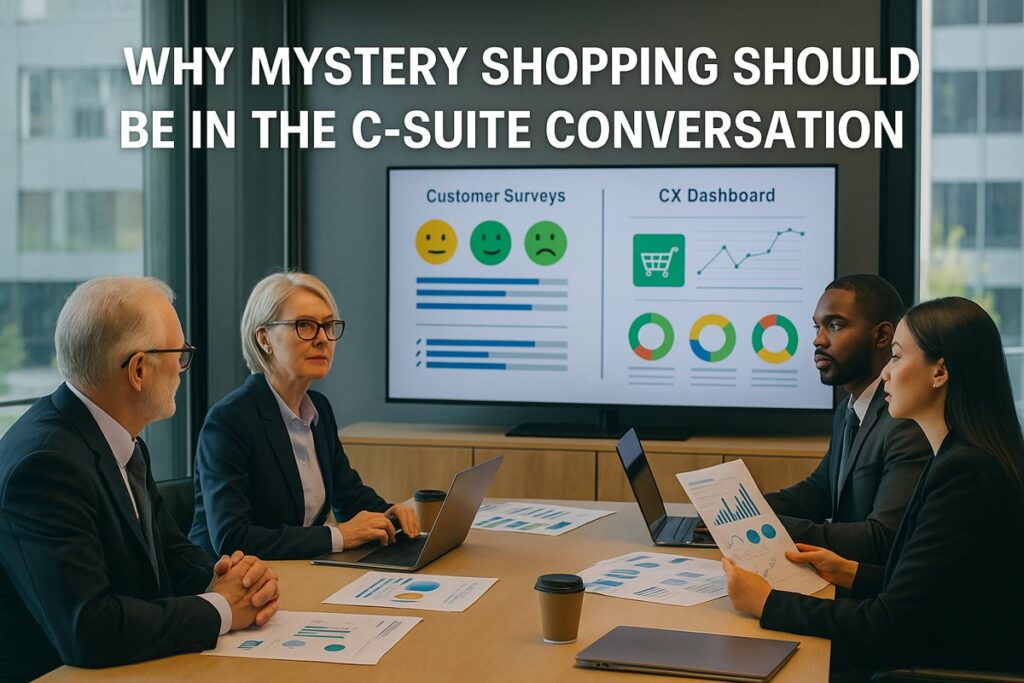For decades, mystery shopping has been relegated to the operations or quality control department and filed under compliance, not strategy. But in a world where experience is the new battleground, it is time we moved mystery shopping out of the back office and into the boardroom.
At satisFIND, we have seen firsthand how powerful this tool becomes when embraced at the top. It is no longer just a way to rate greetings or cleanliness, it is a mirror held up to your brand, culture, and execution.
CX Is Now Strategy, Then Why Is Mystery Shopping Left Behind?
CEOs and executive teams obsess over brand positioning, growth strategies, and digital transformation. Yet few regularly ask:
“What does our brand look like in real life, when no one’s watching?”
That is what mystery shopping answers.
When done right, it uncovers:
• The gap between brand promise and on-ground reality
• How aligned or fractured internal culture is
• Whether training and values translate into behavior
• If frontline staff feel empowered or restricted
These are not operational insights. These are strategic truths.
Real Examples: From Insight to Action
In one project, a luxury cosmetics brand believed it had mastered high-touch service.
Mystery shopping revealed:
✔ Staff were polite, but hesitant and did not see the value of the product or had mentally classified the customer as someone who may not be able to afford it.
✔ The insight led to retraining, not in manners, but in selling expertise.
In another case, a global CEO used satisFIND mystery shopping data to benchmark cultural alignment across regions, transforming how internal leadership scored their field operations.
Why Boards Should Pay Attention

• It is a leading indicator — see gaps before reviews or sales decline
• It reveals blind spots — avoid brand erosion from invisible inconsistencies
• It drives accountability — when executives act on findings, teams respond
How to Elevate Mystery Shopping to the Strategy Table
- Include it in executive dashboards
- Link insights to strategic priorities like retention, CX, and lifetime value
- Frame it as intelligence, not inspection
- Integrate with existing data systems
Conclusion: Bring CX Closer to the C-Suite
As experience becomes the currency of trust, mystery shopping is no longer a secret shopper tactic.
It is a strategic lens and it belongs in the C-suite.
Because you cannot fix what you cannot see.
